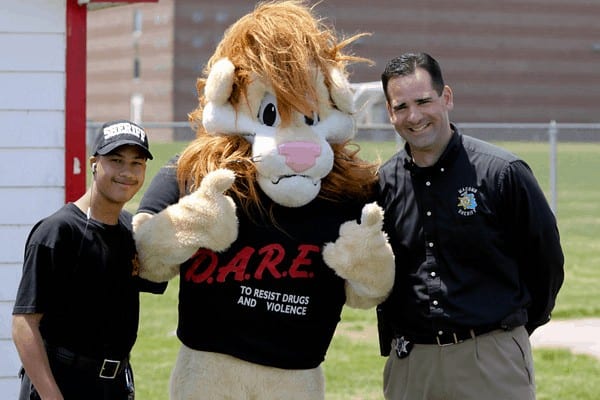D.A.R.E., which stands for Drug Abuse Resistance Education, is an educational program aimed at preventing the use of controlled drugs, gang membership, and violence. It was created in Los Angeles in 1983 as a partnership between the Los Angeles Police Department and the Los Angeles School District in response to the War on Drugs.
School districts all over the United States take part in D.A.R.E. For years, people believed this program helped kids stay away from drugs. However, this seems more of a myth than truth. While D.A.R.E. is helpful in schools and has educated many children about drugs, there are many reasons why it’s not as effective as most people believe.
35. The History Of D.A.R.E.

The Los Angeles Police Department (LAPD) and the Los Angeles Unified School District (LAUSD) established D.A.R.E. in 1983 with a simple mission: stop kids from using drugs before they even started. The program proposed that officers would go into schools and talk to students about the dangers of drug use, and it was something that drew bipartisan praise and approval.
By supporting a program like this, politicians came across as pro-cop, pro-kid, and anti-drug: all good things. Eventually, the program took in eight figures, not counting funding from individual state affiliates.

